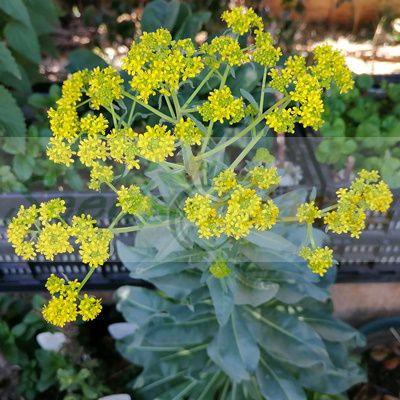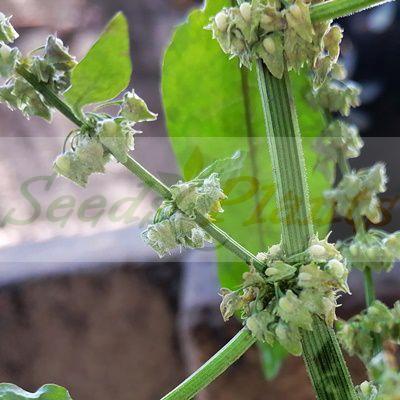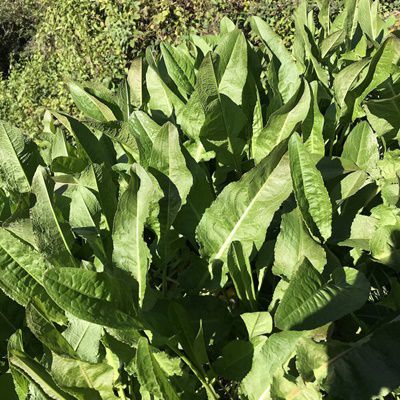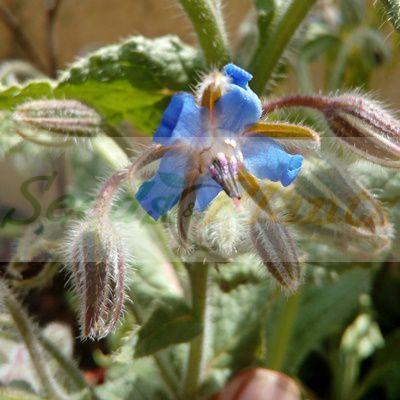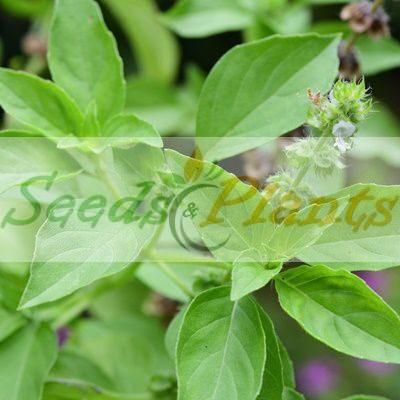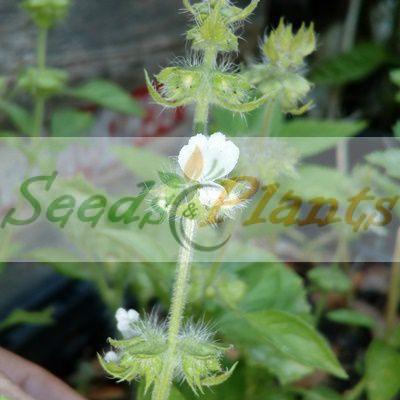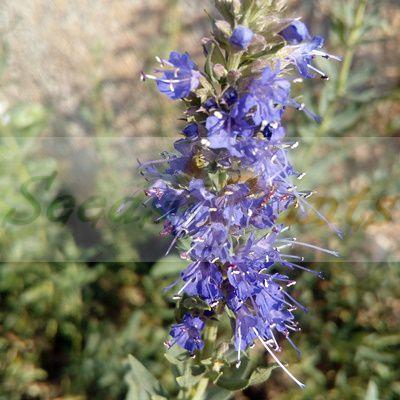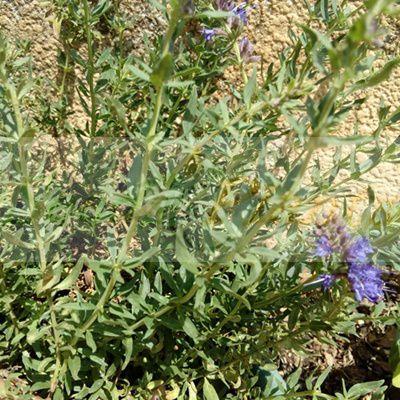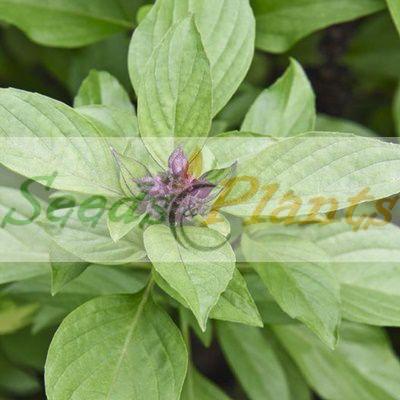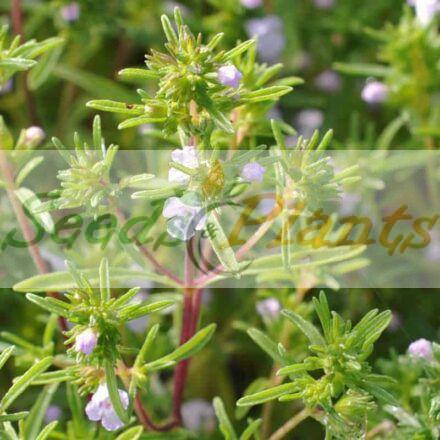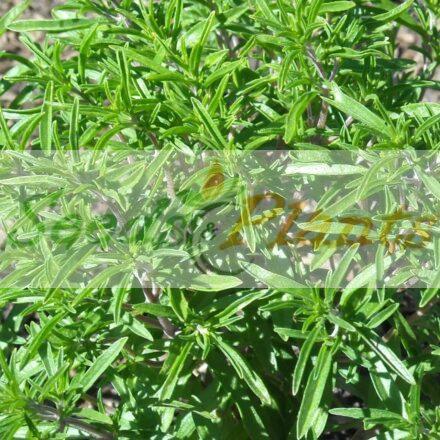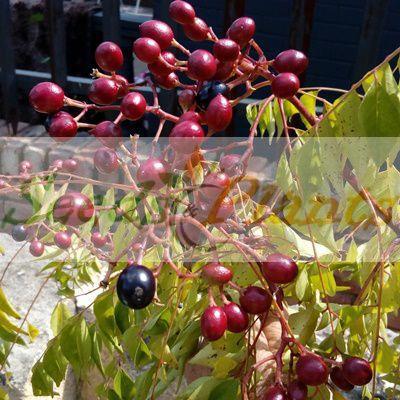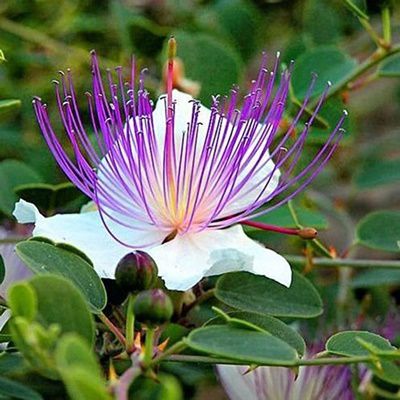🌿 Herbal Quick Facts
Medicinal Info
- 🌍 Origin / Region: Eurasia, North Africa
- 🌿 Medicinal Part: Leaf, Root, Seed
- 🍵 Herbal Preparation: Decoction, Extract / Tincture, Infusion / Tea, Poultice, Powder, Syrup
- ⚕️ Healing System: African Traditional Medicine, Ayurvedic System of Medicine, Chinese Traditional Medicine, European Traditional Medicine
Culinary Info
- 🍽️ Culinary Use: Coffee Substitute, Cooking, Raw Eating, Salads, Soups and Stews, Vegetable dishes
- 🥗 Edible Part: Leaf, Seed, Stem
- 😋 Flavor Profile: Bitter, Lemon
Growth Traits
- 🌱 Life Cycle: Perennial
- 🌾 Plant Type: Herbaceous Perennial
- 🪴 Growth Habit: Basal Rosette, Clumping, Upright
- 🌸 Flower Color: Greenish yellow
Growing Requirements
- 🌞 Sun Exposure: Full Sun, Partial Shade
- 💧 Water Needs: High Water
- ☀️ Growing Conditions: Cold Tolerant, Frost Tolerant, Heat Tolerant, Moderately Drought Tolerant
- 🟤 Soil Preference: Deep, Fertile, Moist, Tolerant of most soils, Well-Drained
Yellow Dock – 20 Seeds
(Rumex crispus)
R30.00
The yellow roots and rhizomes of the Yellow Dock plant are used medicinally. The seeds and leaves are also edible.
Common Names: Yellow Dock, curly dock, curled dock, narrow dock, sour dock, rumex, yellow dock, Chin-ch’iao-mai, garden patience, parell and patience.
Seed Type: Organic – Harvested from our own plants.
Indoor Sowing: Cold Stratification and then sow seeds.
Direct Sowing: Autumn.
Only 3 left in stock
🌿 Herbal Quick Facts
Medicinal Info
- 🌍 Origin / Region: Eurasia, North Africa
- 🌿 Medicinal Part: Leaf, Root, Seed
- 🍵 Herbal Preparation: Decoction, Extract / Tincture, Infusion / Tea, Poultice, Powder, Syrup
- ⚕️ Healing System: African Traditional Medicine, Ayurvedic System of Medicine, Chinese Traditional Medicine, European Traditional Medicine
Culinary Info
- 🍽️ Culinary Use: Coffee Substitute, Cooking, Raw Eating, Salads, Soups and Stews, Vegetable dishes
- 🥗 Edible Part: Leaf, Seed, Stem
- 😋 Flavor Profile: Bitter, Lemon
Growth Traits
- 🌱 Life Cycle: Perennial
- 🌾 Plant Type: Herbaceous Perennial
- 🪴 Growth Habit: Basal Rosette, Clumping, Upright
- 🌸 Flower Color: Greenish yellow
Growing Requirements
- 🌞 Sun Exposure: Full Sun, Partial Shade
- 💧 Water Needs: High Water
- ☀️ Growing Conditions: Cold Tolerant, Frost Tolerant, Heat Tolerant, Moderately Drought Tolerant
- 🟤 Soil Preference: Deep, Fertile, Moist, Tolerant of most soils, Well-Drained
Yellow Dock (Rumex crispus), is a sturdy perennial flowering plant in the buckwheat family, Polygonaceae, that grows about 40 – 120 cm tall. Other common names of the plants are curly dock, curled dock, narrow dock, sour dock, rumex, yellow dock, Chin-ch’iao-mai, garden patience, parell and patience. The yellow roots and rhizomes are used medicinally.
The initial leaves on the plant emerge to form a rosette. As the plant matures, the thick single stem bolts, reaching up to 5 feet in height and the stem leaves become progressively smaller up the flowering stalk.
Yellow Dock Culinary Uses
It can be used as a wild leaf vegetable; the young leaves should be boiled in several changes of water to remove as much of the oxalic acid in the leaves as possible or can be added directly to salads in moderate amounts.
The seeds of the yellow dock, once dried thoroughly, are edible as well. While many wild foraged grains must be winnowed, the pods of Rumex Crispus are small enough that it is more efficient to grind them with the grain. The resulting flour is much like buckwheat in flavor, and while some may find it too bitter, many prefer the seeds over the tartness of the leaves.
Yellow Dock Medicinal Benefits
- Poor digestion – Stimulant laxative effect to relieve constipation
- Throat Infections – Helps with relieving dry cough, sore throat and laryngitis.
- Intestinal infections – Remedy against internal parasites – tapeworm and roundworm
- Helps in the treatment of Arthritis, Jaundice, Fungal Infections and vascular disorders.
- Skin conditions – With naturally astringent properties, it can be applied topically to alleviate swelling, bruising, rashes, sores, fungal infections, insect bites, acne and eczema.
- Liver detox – Regular consumption of this herb will stimulate the detoxification process in liver and boost the production of bile.
CAUTION: It should not be used by people with kidney disease, liver disease, or an electrolyte abnormality.
Growing Yellow Dock
Indoor Sowing: Cold Stratification and then sow seeds.
Direct Sowing: Autumn.
- The seeds generally require temperature fluctuation to sprout. This can be achieved by planting seeds outdoors in Autumn and germination will then take place in Spring.
- Alternatively you can start the seeds indoors after first cold stratifying the seeds for 1 month in the refrigerator and then sowing the seed.
- Fill a pot or tray with moist seed starting mix.
- Scatter the seeds on the surface of the soil and lightly cover them with soil.
- Place the tray in a warm area.
- Keep the seeds evenly moist throughout germination.
- Once seedlings have developed their first true leaves, transplant them to their final location when nighttime temperatures are consistently 6°C or higher
- Once established, yellow dock likes moist garden soil.
Can this plant be used for culinary purposes?
Yellow Dock is traditionally used for culinary purposes such as coffee substitute and cooking.
Does this plant have medicinal uses?
Traditionally, Yellow Dock has a history of use in various healing systems, including African Traditional Medicine and Ayurvedic System of Medicine. Seeds are sold for cultivation purposes only.
Disclaimer
Medicinal Information:
All medicinal information on this website is for educational and informational purposes only and may not be construed as medical advice. The information is not intended to replace medical advice or treatment offered by healthcare professionals.
Seeds, Plants, Plant Cuttings, Geophytes and Dried Herbs:
In some countries and provinces, certain plants are deemed as invasive and are not allowed to be planted at all, whilst some plants are allowed to be grown only in certain areas or provinces. The onus is on you as the buyer to familiarize yourself with the regulations pertaining to your location, before purchasing any of our seeds, plants, plant cuttings, geophytes or dried herbs. We will not be held liable, should you purchase any seeds, plants, plant cuttings, geophytes or dried herbs. from us which are prohibited in your country or province.

